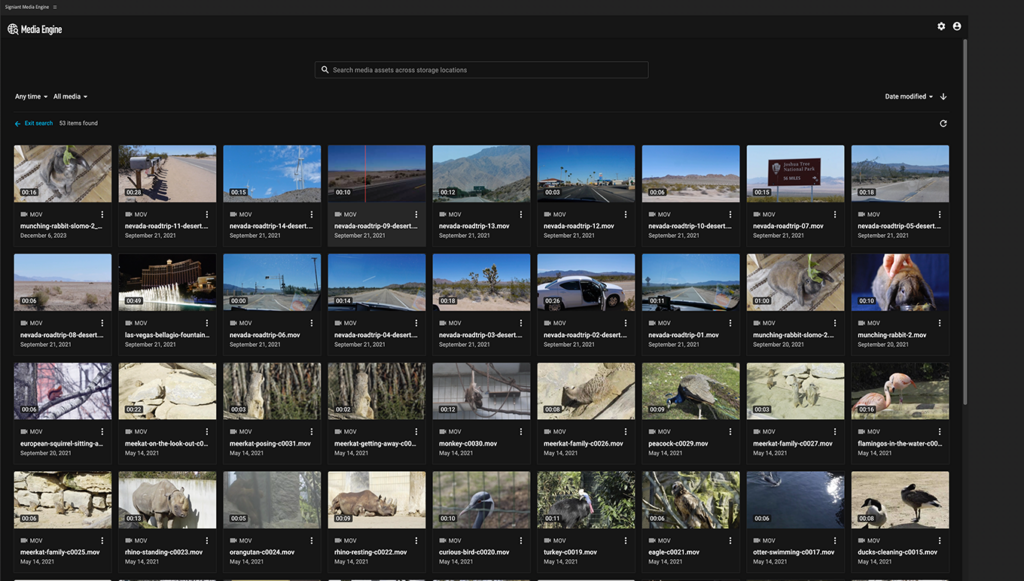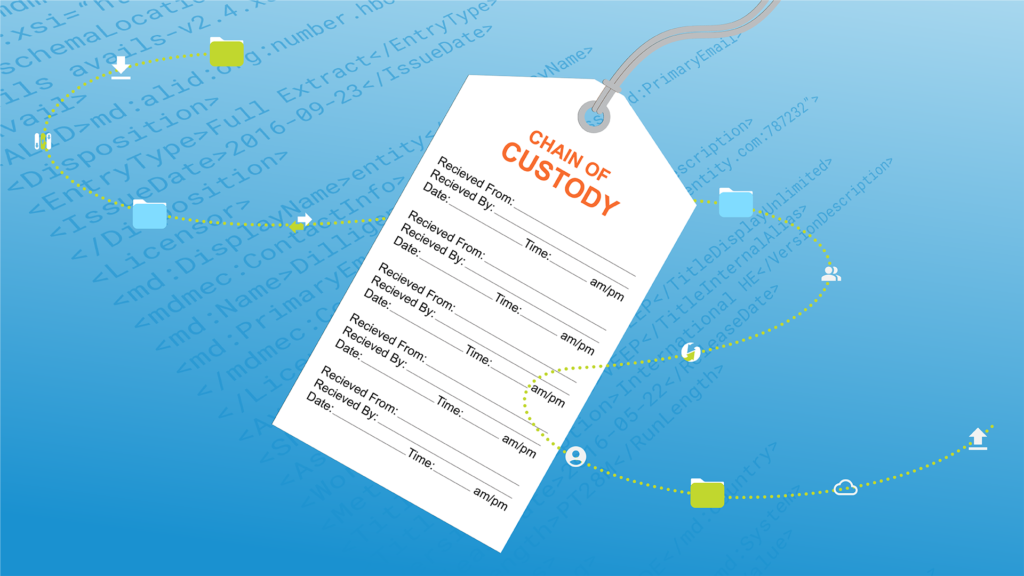Get Your Fix of Fast Transfers

45-year-old habits are hard for anyone to break. Even really bad habits we know we really shouldn’t be doing.
For instance, think back on the times you’ve introduced a new software, technique or process to people on your team or your colleagues, only to be met with this familiar refrain: “but we’ve always done it this way.” Even if it can save them a ton of time, steps, or tasks—all those things they’ve complained to you about—it’s just easier to fall back on the old way than it is to change their habits.
In the accelerated file transfer world, it’s likely we’ve witnessed this phenomenon more than most technologies. Because for file transfer, the “old way” goes back 45 years to the creation of FTP.
You know FTP is outdated, and that it wasn’t made with the file sizes of high-resolution video media or large data sets in mind. You know you have to babysit it to restart huge transfers after they fail, and that you’ll probably be there all night while it chugs along. You even suspect it’s really not all that secure for your company’s and clients’ data. But it’s familiar, expected, predictable – and we’re so used to it by now that it would be harder to change to something new.
So how do you break bad transfer habits? Signiant has found a way to make it easier. And no, it doesn’t involve quitting file transfers cold turkey, or replacing the outdated FTP method with a modern, but equally unsuitable, consumer-oriented substitute that puts your high-value files into someone else’s “cloud.”
It’s a new feature in Media Shuttle for users to share digital assets securely from a simple browser interface. A new view of the Share portal, multiple folders, provides an easy way to wean your organization away from the old FTP habit in a way that’s, on the surface, practically identical for users. It gives them a familiar, hierarchical directory structure of the assets that they have access to, and – like FTP – doesn’t allow them access to any content on the server that they haven’t been granted permissions for.
Behind the scenes, administrators now have more granular control over user folders and permissions – just as they would in an FTP file system, granting upload, download, or deletion rights to individuals or groups of users on any folder – even importing user access from the FTP directory.
The result? An easier-than-ever way for companies to replace FTP once and for all with Media Shuttle enterprise-wide, and faster, more secure transfers and a better user experience for everyone who needs to transfer files.


